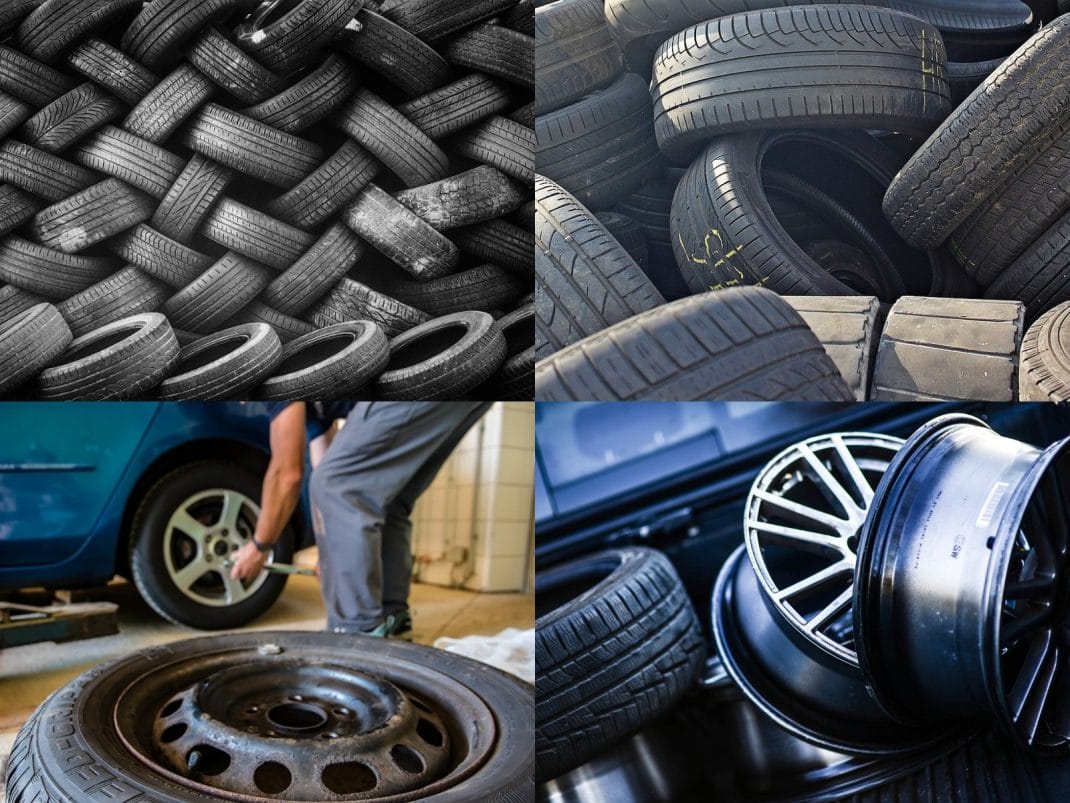For drivers who do not have enough knowledge and experience about cars, the question of how to choose tires is important. Car tire is one of the most important equipment for the vehicle. Tires are the equipment that ensure the car’s grip on the road, acceleration and deceleration of the vehicle, braking distance, fuel consumption and safe cornering. Car tire selection is important in terms of safety, comfort and cost.
If the tires on the vehicle are not selected according to the season, their usage period has passed and the pressure is not suitable, every exit to the traffic means danger. (See: 10 Facts About Catalytic Converters)
Contents
Find Out Your Tire Size

In order to make the right choice for your vehicle, first of all, the type, brand and size information of the tires on your vehicle should be learned. The size of the tire you will buy must be in accordance with the factory data of the vehicle. If the vehicle does not have an equivalent tire, the closest size tires are selected. Not choosing tires suitable for tire sizes and factory data may impair the vehicle’s handling and dynamics. This should be taken into account when choosing. You can find out the tire size by looking at the outer sidewall of the tire.
Season and Climate Conditions
One of the important factors that determine the choice of tires is the climatic conditions and seasonal conditions of the region. If the air temperature is generally above 7-8 degrees Celsius where you live and you rarely drive in snowy conditions, it would be appropriate to choose summer tires produced for standard climatic conditions.
Winter tires should be preferred in regions where climate conditions are harsh, such as rain and snow, where precipitation is intense and air temperatures are low. Winter tires pass tests for use in mud and snow and provide greater safety during use. In rainy weather with low temperatures, winter tires perform better than summer tires.
Tire Selection According to the Usage Area of the Vehicle
The purpose of the vehicle is important when choosing a tire. If the vehicle is used as a cargo vehicle, this should be taken into account when choosing a tire. The load value of the tire used should be checked in order to select the tire of the correct load class. In addition, the speed indexes on the vehicle tires at the factory are important. When choosing a new tire, tire selection should not be made below the speed index.
It is very important to choose the tire suitable for the conditions of the place where you live. Using soft rubber tires on smooth asphalt roads increases road holding. It also provides fuel economy and comfort. (See: Fuel Pump Replacement Cost)

Long Life Tires
Long life, safety and fuel saving, the right tire selection can provide all of these at once. Considering that sudden maneuvers are common in traffic, it should be kept in mind that a tire with good grip can save lives.
Depending on the vehicle’s mileage and usage, the tires should be changed at an average of 30,000 km and every 3 years. Tires that remain on the vehicle for more than 5 years lose their properties and become hard even if they are not used or used very little. For this reason, they should be replaced. Tires with a depth of less than 3 mm cannot evacuate water in rainy weather. This causes the vehicle to skid and exceed the braking distance. Vehicle ABS systems work efficiently and properly with solid tires.

Budget-friendly Tire Selection
There is a wide range of prices and qualities in the tire market. Before choosing a tire, it is necessary to carefully review the conditions of use and the budget. Fuel economy, performance, longevity and safety determine the cost of the tyre.
Choosing the right tire ensures a longer tire life and helps the vehicle consume less fuel. Generally, automobile tire companies offer at least one of the longevity, safety and economy features. High performance tires with all of these factors are rare.